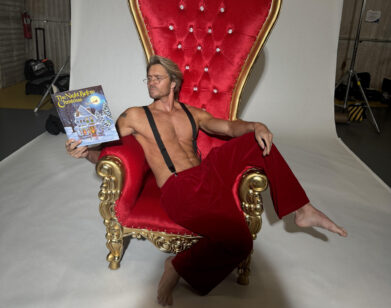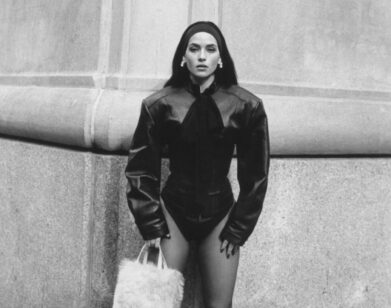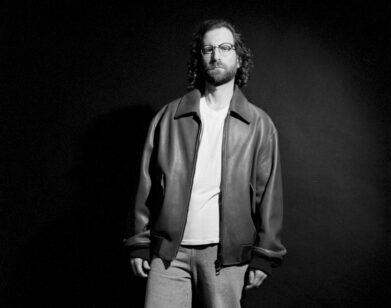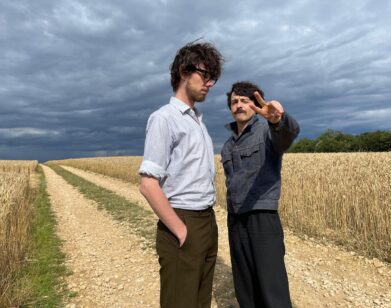First Class from Cannes
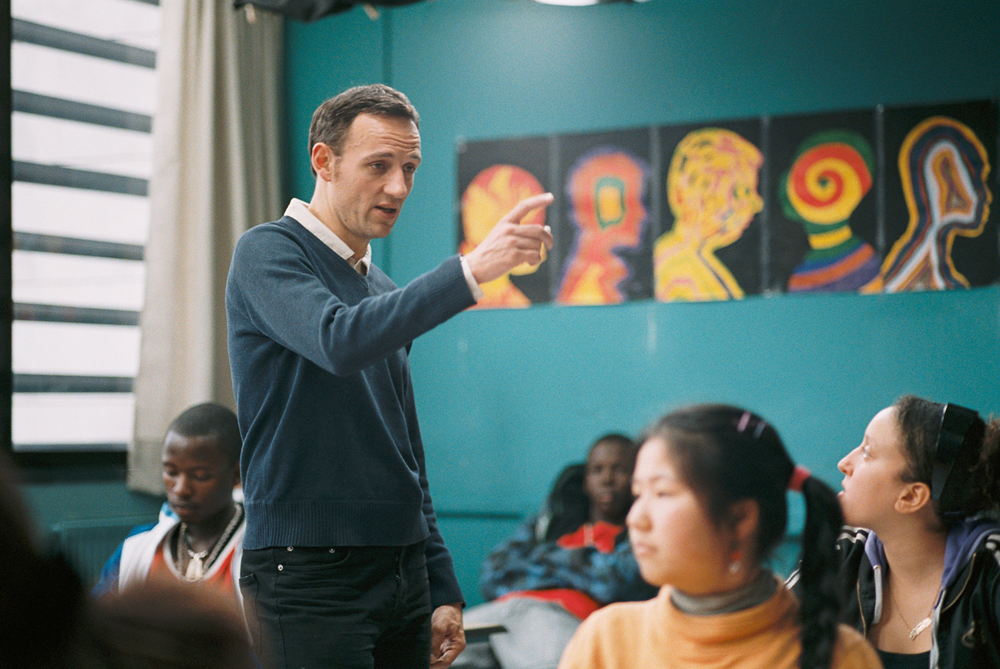
Still courtesy of Sony Classics
“Probably if I was French I would have won the Palme d’Or,” Julian Schnabel said after winning the Best Director award at Cannes 2007 for The Diving Bell and the Butterfly. And indeed the 2008 Palme d’Or winner, The Class, which hits select screens tomorrow before its January 30 release, is a French film. But if its victory indicates anything about Cannes judges, it’s not national prejudice. It’s a preference for a certain type of filmmaking. Namely, social realism.
Three of the last five Palme d’Or winners have been documentary-style dramas. In addition to The Class, there’s 4 Months, 3 Weeks, and 2 Days, which beat Diving Bell, and the Belgian drama The Child, which won in 2005. (The directors of that one, the Luc and Jean-Pierre Dardenne, also won in 1999 for Rosetta.) Ken Loach’s Irish-nationalist drama The Wind that Shakes the Barley, which won in 2006, doesn’t exactly look like a documentary, but it does come from one of cinema’s foremost practitioners of social realism. Fahrenheit 9/11, the 2004 winner, is the odd one out-ironic, considering it’s a documentary.
The Class is about as close to non-fiction as a fiction film can get. There’s no music or obvious artificial lighting, and it’s filmed with hand-held cameras. The actors playing students, teachers, and parents at Francoise Dolto Junior High, an actual school in a tough Paris quarter, are exactly that in real life.
The film is based on an autobiographical novel by former preacher Francois Bégaudeau. He plays the class’s teacher in the film. To help the students hone their more or less unscripted performances, Bégaudeau and director Laurent Cantet held workshops for most of the 2006–2007 school year. According to Cantet, the adaptation almost eerily came to life on its own. “The kids never had a script in hand. We noticed that when they improvised according to requested situations, they were able to come up with their own dialogue-certain exchanges, certain expressions, that Francois had in his book—as if it were a matter of archetypes of language and their preoccupations.” And it would seem that this sort of verisimilitude-a tight, evident link between art and life-is the stuff that Palme d’Ors are made of.

